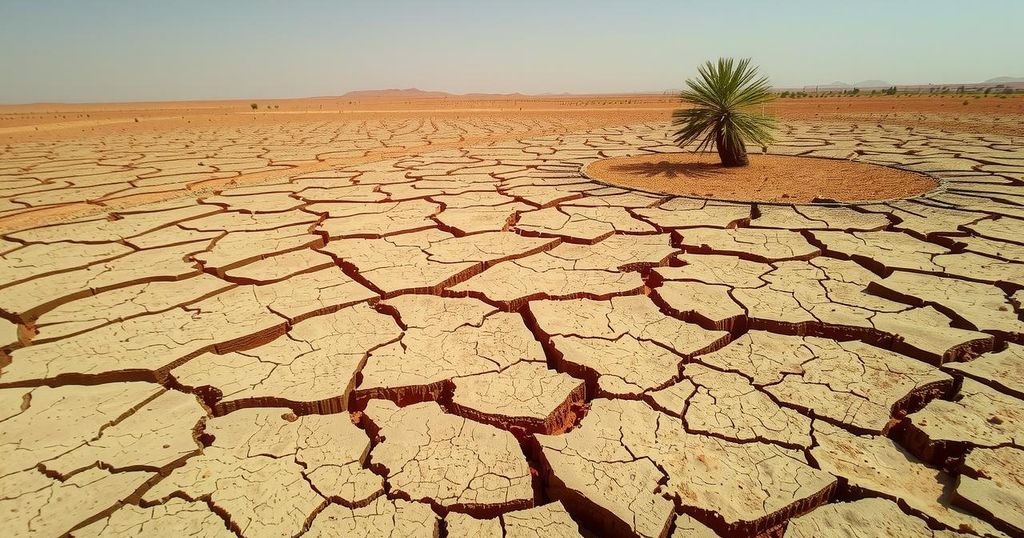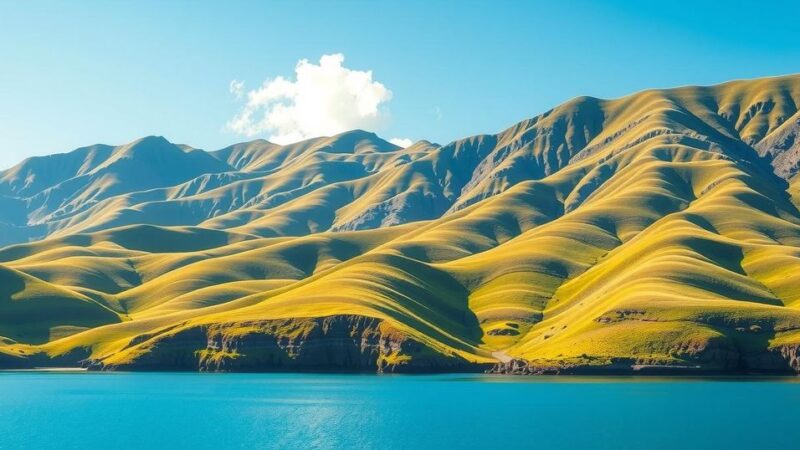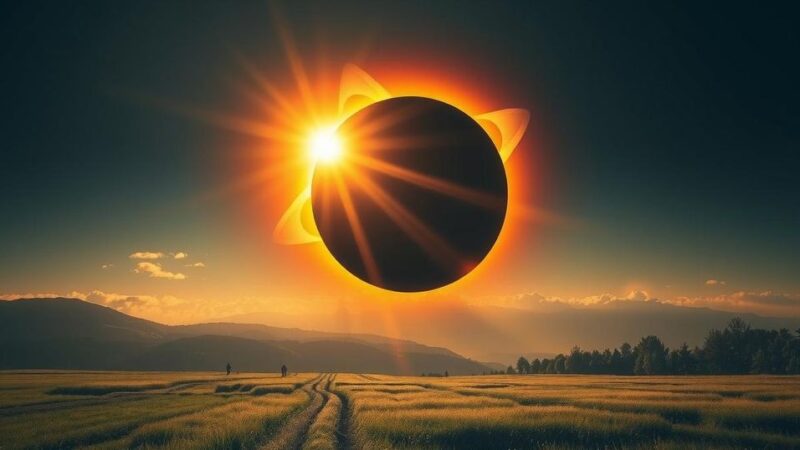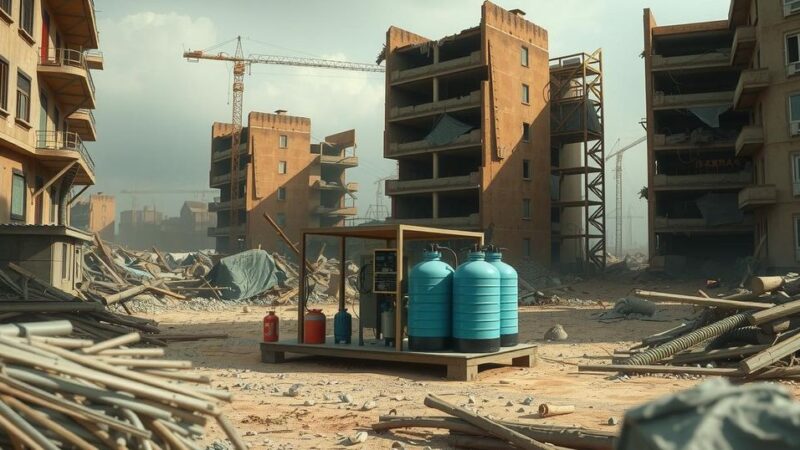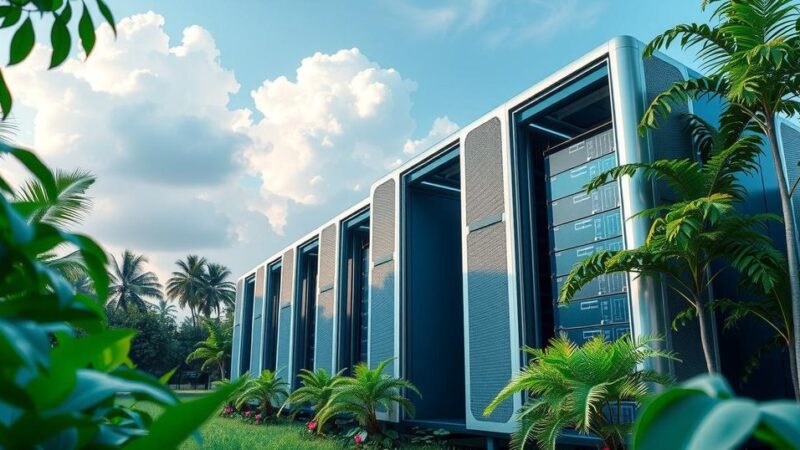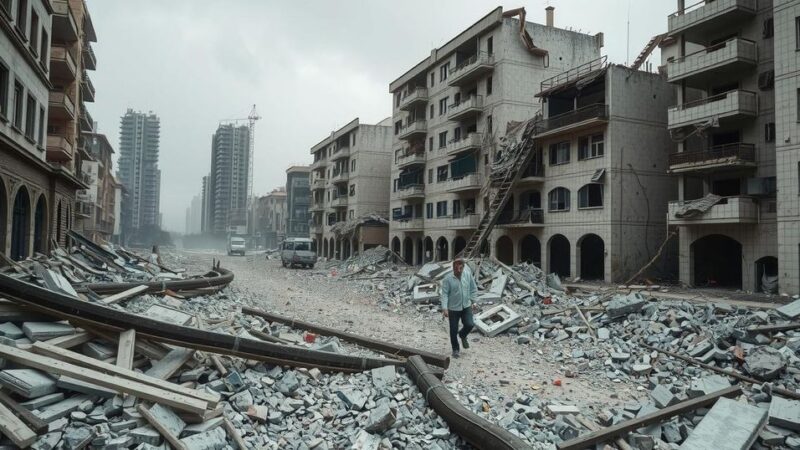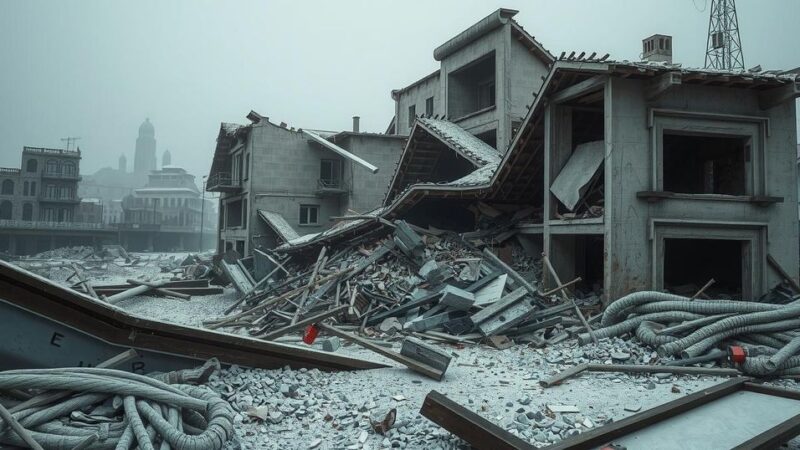Brazil is experiencing a significant loss of natural surface water, losing approximately 400,000 hectares from 2023 to 2024 due to climate change and agricultural expansion. Since 1985, it has lost about 2.4 million hectares in total. The report stresses the urgent need for improved water management policies. Meanwhile, the Pantanal wetlands are notably affected, with water levels well below average.
Brazil, known for possessing 12 percent of the world’s freshwater reserves, is facing a significant decline in its natural surface water. This unfortunate trend is exacerbated by climate change and the conversion of forests into agricultural land, as highlighted in a recent report from the MapBiomas monitoring platform. From 2023 to the previous year, Brazil lost approximately 400,000 hectares of aquatic surface, equivalent to the size of Rhode Island.
Over the last 16 years, only 2022 marked a slight increase in freshwater areas, while since 1985, Brazil has witnessed a reduction of about 2.4 million hectares in river and lake surfaces. Contributing factors to this loss include drought conditions, urban development, and the excessive extraction of groundwater. Juliano Schirmbeck, coordinator of the MapBiomas Agua report, emphasized, “The dynamics of land occupation and use, along with extreme climate events caused by global warming, are making Brazil drier.”
In light of these alarming statistics, Schirmbeck advocates for improved water management strategies and public policies aimed at reversing the current trend. This report comes as Brazil prepares to host COP30, the United Nations climate conference, in November in Belem, located within Amazonia. Notably, nearly two-thirds of Brazil’s surface water is situated in the Amazon, a critical region for climate regulation as it absorbs substantial amounts of carbon dioxide.
In 2023, the surface water area in the Amazon contracted by 4.5 million hectares relative to 2022, an area comparable to Denmark. The Pantanal wetlands experienced the harshest impacts, with water surfaces recorded at 61 percent below the average since 1985 due to severe drought and wildfires. It is important to note that while artificial water bodies, such as reservoirs and dams, have increased by 54 percent since 1985, this growth has not adequately compensated for the loss of natural freshwater ecosystems.
In summary, Brazil, despite being a major reservoir of freshwater, is undergoing a concerning reduction in its natural water surfaces. Factors like climate change, land conversion, and unsustainable water practices play a crucial role in this decline. It is imperative to adopt adaptive management strategies and comprehensive public policies to address these challenges and safeguard Brazil’s vital water resources as the country approaches critical international dialogues on climate action.
Original Source: www.bssnews.net
